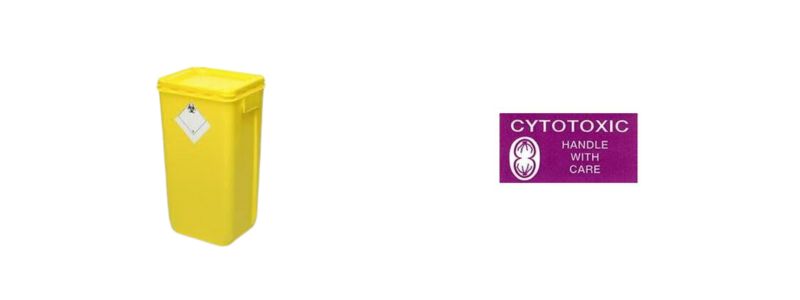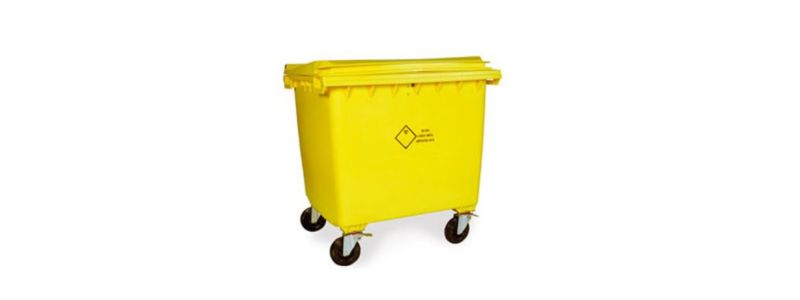Under the Environmental Protection Act 1990, the University has a duty to ensure that:
- all clinical waste generated on campus is accurately identified
- the waste is labelled with a description of each item, including the correct legislative EU coding (Revised European Waste Catalogue, EWC 2002) treated (autoclaved) where possible
- it is uplifted and disposed of in a controlled manner through a licensed waste carrier.
Estates Services manage and co-ordinate this service on behalf of the University.
.jpg)
.jpg)
.jpg)



